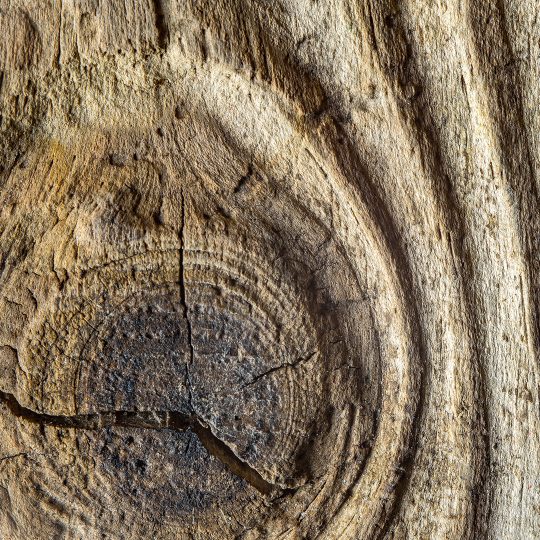Tree Disease Spotlight
Black Knot
Posted
February 8, 2018

Black knot is a fungal disease that can breakout among several species of trees. Some large shade trees can tolerate this disease throughout the canopy, but other trees can experience wilting leaves, dead branches, and some young trees can even die. There are ways to identify and manage black knot to help ensure your tree’s health.
Identifying Black Knot
Black knot disease is commonly found in the following trees:
- American plum
- Canadian plum
- Chokecherry
- European bird cherry
- Japanese plum
- Purple leafed plum
It’s easier to notice black knot in the winter when all the leaves have fallen, and the black masses stand out against the blue sky or white snow. Here are other features to look for:
- Knobby-looking black masses (galls) growing along the length of stems and branches.
- In early summer, you may see galls starting to grow and form green spores; by the end of summer, they’re black and hard.
- Bare branches or branches with wilting leaves in early summer.
- Bent, distorted branches—there may be growths on the other side you can’t see.
- Large galls on the tree trunk can crack and ooze a sticky liquid.
Black knot fungus can survive the winter. When spring arrives, spores then spread during wet periods and get windblown to new green shoots. Even if you don’t see signs of the disease, it could be growing within the tree. The parasite releases a chemical that initiates excessive cell growth, causing the galls to form and swell.
Treating Black Knot
In order to manage the growth and spread of black knot, don’t plant anything new in the area where any signs of the disease are present. Prune any branches that show evidence of the fungus. Just because you see galls on certain parts of the plant, doesn’t mean the entire tree is infected. However, if you want to be safe, you can remove the plant altogether. Here are more ways to handle black knot:
- Burn or bury all infected branches, since spores can still be produced on pruned branches and spread.
- Have an arborist inspect any cracked and oozing galls on trunks or large branches to determine the stability of the tree.
- Certain trees can be treated with fungicides in early spring. Follow specific spray instructions for best results. It’s even better to seek professional help when applying these products, especially on larger trees and in areas close to other plants, animals, and people.
Contact Elite Tree Care for more information on black knot, or to talk about which treatments would work best on any of your affected trees.